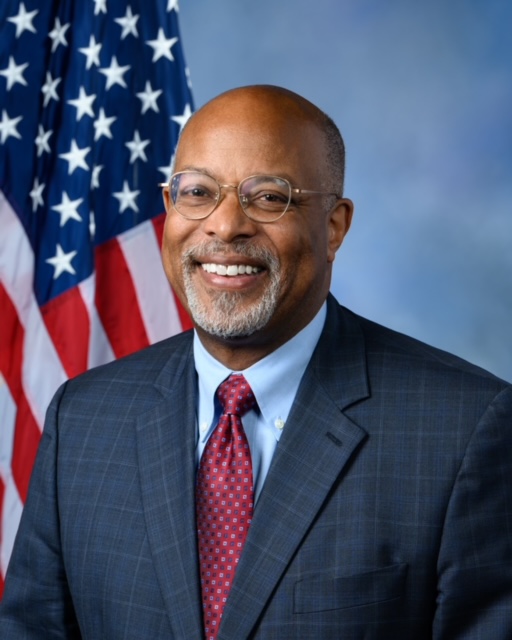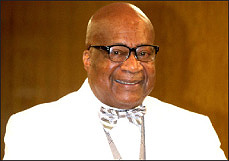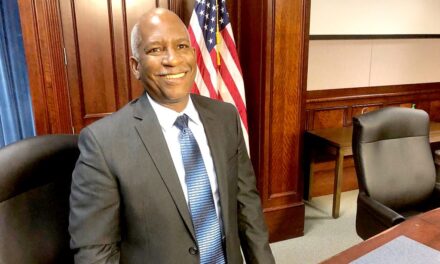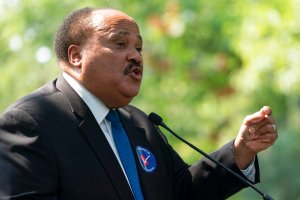By U.S. Rep. Glenn Ivey (D-MD-04)
Cancer is a formidable adversary, no matter where it strikes here at home or across the world. But it’s a battle that at-risk communities like yours and mine often face with fewer resources and less awareness. To truly make strides in the fight against cancer, we must focus our efforts on prevention in these vulnerable populations.
I would know. I survived a bout of kidney cancer.
It was a high-blood-pressure incident in 2004 that tipped me off to the health scare. As a 42-year-old with six young kids, I was grateful for the amazing medical care, doctors, and facilities available to me in the Washington-Baltimore region — and for having quality health insurance. As a Black man, I may have been at greater risk for high blood pressure, stroke, and cancer, but I was incredibly thankful and blessed to have the resources, wherewithal, and education to get checked out. When it comes to matters of life and death, everyone should have the same access.
At-risk communities, defined by factors like socioeconomic status, ethnicity, and geographic location, bear the disproportionate burden of cancer. These disparities are not just the result of genetics but are rooted in systemic inequalities that impact access to healthcare, education, and healthy living environments.
Education is paramount. In many at-risk communities, there is a lack of awareness about the risks associated with tobacco use, poor diet, and physical inactivity. Public health campaigns tailored to these communities can provide crucial information about the dangers of smoking, the benefits of a balanced diet, and the importance of regular exercise.
Addressing environmental factors is essential, too. For instance, certain communities may have limited access to fresh, nutritious foods while being inundated with fast-food options. Policy changes at the local level can encourage healthier food choices and reduce exposure to carcinogens in the environment. We must find solutions to “food deserts” in communities of color and map out more effective strategies for better and healthier development in underserved neighborhoods.
Cultural sensitivity also plays a significant role in cancer prevention. Tailoring interventions to the specific needs and beliefs of at-risk communities is essential for success. Engaging community leaders and organizations can help build trust and increase participation in prevention programs. In Congress, I will continue to work across the government, non-profit, and private sectors to bridge the gap for communities like ours, so we can prevent and treat the cancers that plague our people.
Addressing mental health is additionally crucial. At-risk communities often face chronic stressors related to economic hardship and discrimination that can contribute to cancer risk. Providing resources for mental-health support can help individuals cope with stress and reduce their overall cancer risk.
By far, our most effective tool in the battle against cancer is prevention. Many at-risk individuals face obstacles to routine screenings and check-ups, which can detect cancer at an early, more treatable stage. Community health clinics and outreach programs can bridge this gap, offering free or low-cost screenings and education.
That’s why this Sept. 16th, my office and I are offering free cancer screenings in College Park, Md. from 9 a.m. to 12 noon. Make an appointment at https://tinyurl.com/mraftwkw.
Ultimately, the fight against cancer in at-risk communities requires a multidimensional approach. With persistent effort and a commitment to equity, we can reduce cancer disparities. But it all starts with you.
Together we can bridge the gap in cancer detection, prevention, and treatment.
The post Commentary: Bridging the gap: cancer prevention for communities of color appeared first on AFRO American Newspapers .











